How do you clean a doormat and when should they be replaced? These experts explain
Doormats are probably the dirtiest spot in our homes and yet, we typically wash them less often than anywhere else! Here's how to clean one properly
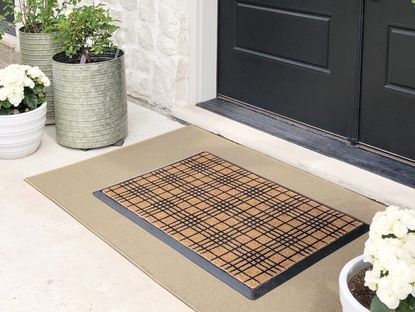

Do you clean your doormat often enough? Out of every inch of space in our homes, these small pieces of material see the most action, and we have a lot to thank them for. Without them we'd live a Cinderella lifestyle, constantly vacuuming and mopping floors in a bid to keep our homes tidy! Although their job is to pick up dirt and mud off the bottom of our shoes, this doesn't mean we can get away without cleaning them – in fact, even more reason to wash them regularly! But where should you start?
If you're anything like me, you'll give your doormat a good old shake during your deep cleaning routine. You might even run your vacuum cleaner across it too, depending on whether your mat is indoors or out on your front porch. But have you ever washed (and I mean washed) your doormat? Despite being the dirtiest area in our homes, we barely give them attention. But, unless they're considerably clean, they're not going to be very effective at cleaning your feet...
'A large number of people neglect to clean their doormat, meaning that it can be harboring some pretty nasty germs, as well as becoming less effective,' says Richard O’Connor, director at FirstMats. 'While cleaning your mat regularly may be a hassle, it will absolutely help to keep your home fresh and keep unhealthy bacteria at bay.'
We asked some experts for their advice on how often you should be cleaning your doormat, the best method for doing so, and when it's finally time to resort to the garbage.

Lilith is an expert at following news and trends across the world of interior design. She's committed to helping readers make the best choices in their homes through sharing practical tips and guides for a cleaner, happier space. For this piece, she spoke with cleaning experts and doormat sellers to learn how to wash this vital (and dirty) piece of kit that does so much for our floors.
How often should you clean your doormat?
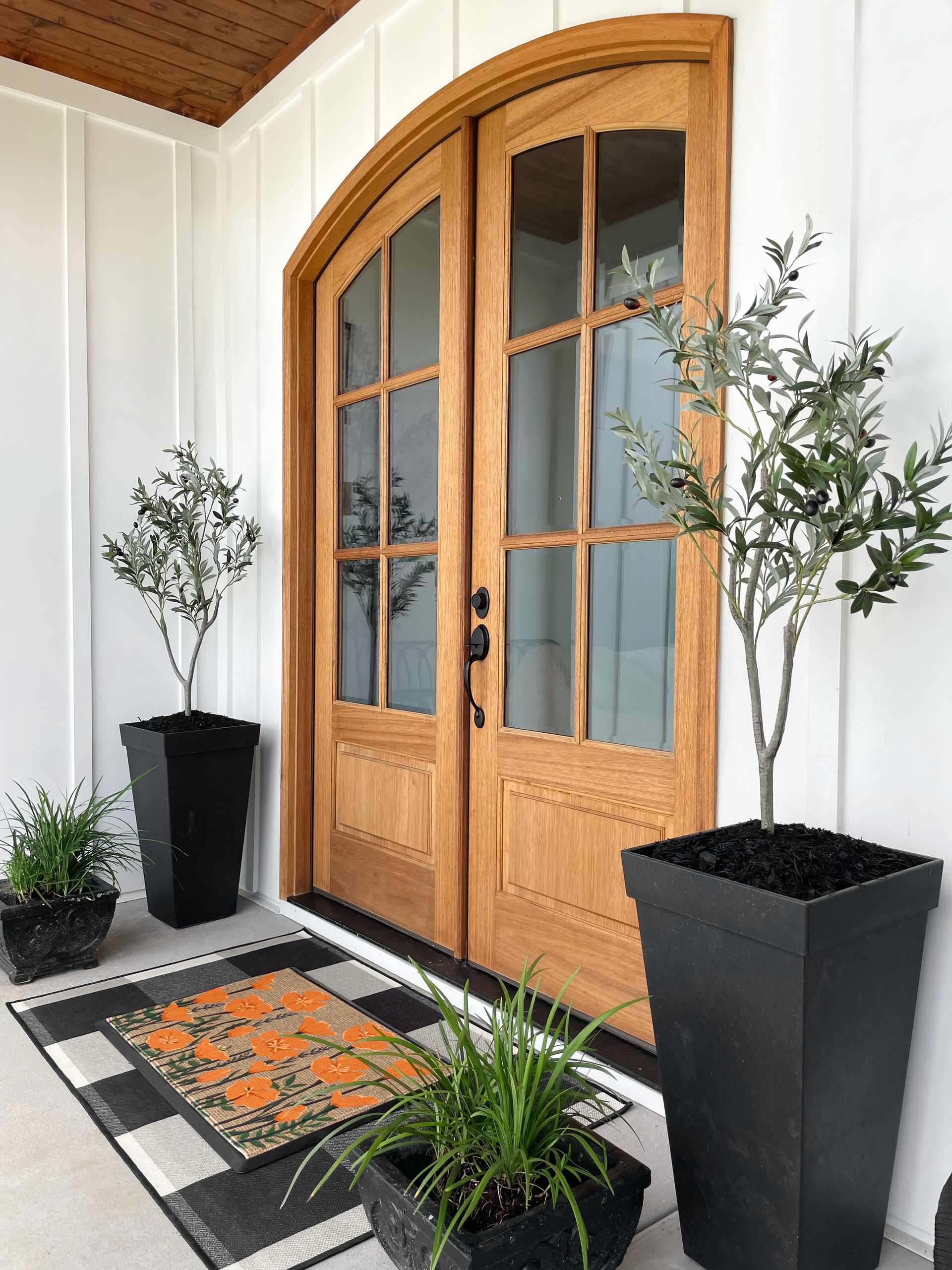
Most of us make time for a regular deep cleaning routine, but how does your doormat factor into that? Think about it – we carry mud and dirt off the street, teeming with bacteria, into our homes, and the only thing standing in our way is a doormat. As such, we ought to make sure we clean them properly.
According to Richard at FirstMats, we should be vacuuming or shaking our mats at least once a week to rid them of loose dirt and debris, and we should also make time for a proper wash once a month. Of course, the regularity of this will depend on how much traffic your doorway sees. If you have a large family or pets, you might find that you need to clean your doormat more often.
How do you clean a doormat?
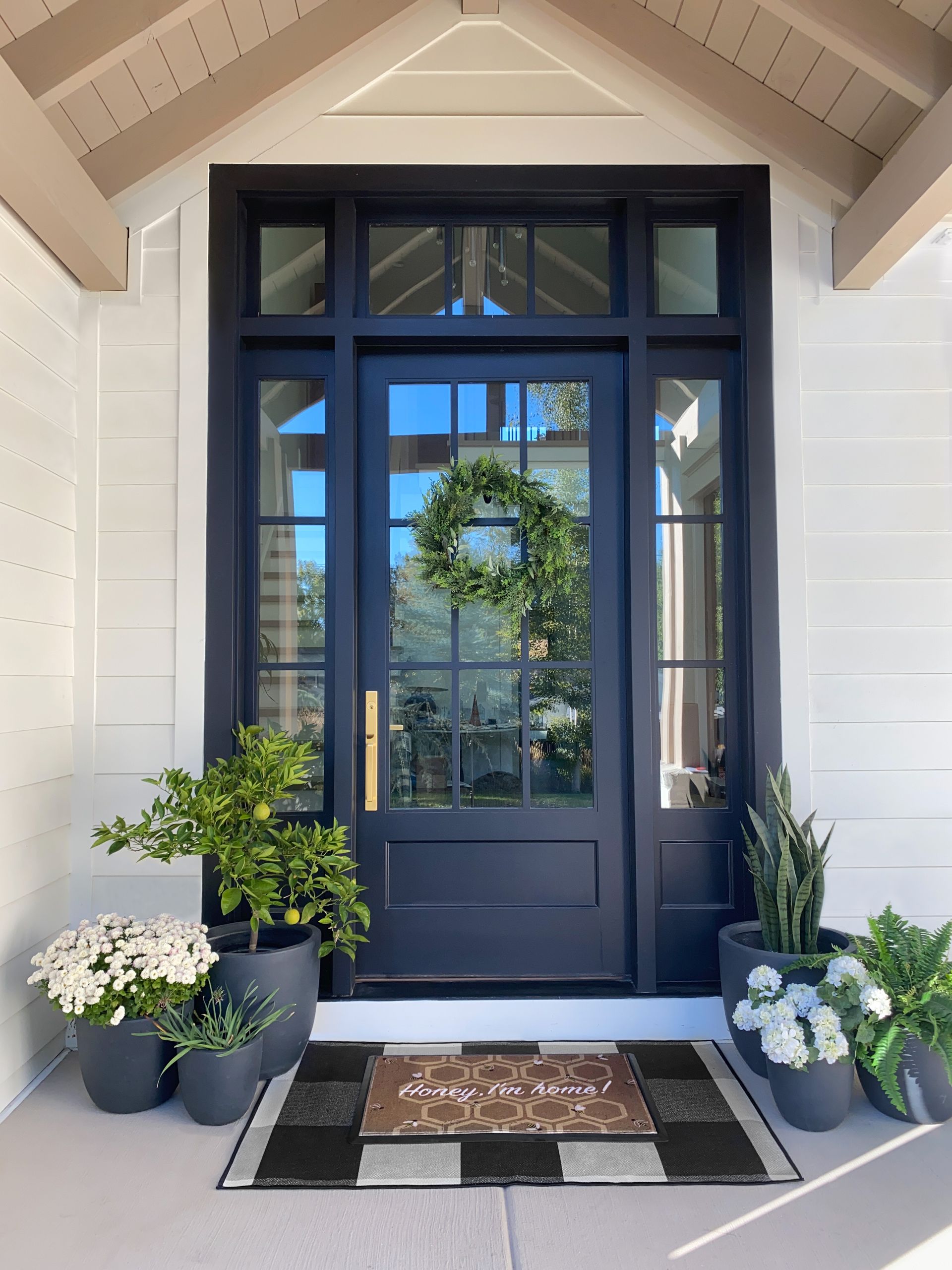
Knowing how often you should clean a doormat is all well and good, but how do you actually clean one? Of course, the easier way to give it a regular freshen up is using a vacuum cleaner.
'If using a vacuum cleaner with a beater bar, set it to "on" and move it back and forth over the mat,' says Hugo Guerrero, a certified House Cleaning Technician and consultant at Mattressive. 'The second best way to clean a doormat is with a broom or hand brush. Sweep the dirt and debris from the mat, then shake it out.'
This is probably where most of us call it a day and consider it a job well done, but really we should be washing our mats once a month to keep our homes clean. Fortunately, some doormats, such as those made from natural or synthetic fibers like cotton or polypropylene, can be put into the machine. 'Take a look at the mat’s label which will advise you on this,' says Richard.
'If your fiber mat isn’t suitable for the washing machine, you can wipe it down with soap and water or sprinkle a mixture of cornstarch and bicarbonate of soda across the mat,' he adds. 'Leave this mixture for at least half an hour then vacuum again and wipe down with a damp cloth to remove any remaining powder.'
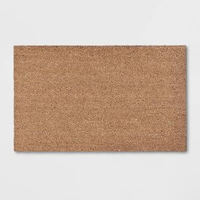
Beige coir doormat, from Target
This coir doormat is perfect for any outdoor entryway in your home. The wiry fibers help to remove dirt and debris from shoes and the PVC backing prevents the mat from slipping. What's more, the solid beige hue lets this doormat pair effortlessly with any existing decor, too.
More hardy doormats made of coir need a little more care and should be treated in the same way you'd clean jute rugs. These absorbable materials can't go in the washing machine. 'These mats are constructed from coconut husks and, after vacuuming, you can clean these by sprinkling a carpet cleaner on them and leaving for an hour or so before hoovering again,' explains Richard. If you don’t have any commercial carpet cleaner to hand, he recommends using the bicarbonate of sofa trick again. 'Always avoid using detergents on these mats though as this can stain or discolor them,' he warns.
With these wiry doormats, pet hair can be a problem as it can easily become tangled deep in the fibers and therefore difficult to vacuum. 'Before hoovering, use a stiff brush to untangle and remove hair,' Richard suggests. 'Alternatively, put on a pair of rough-soled shoes or trainers and scrape your feet across the mat to loosen the hair and drag it to the edges of the mat.'
Rubber mats, by contrast, are the simplest to clean. The durable material can be soaked in a bath or washed under an outside tap using a sponge and soapy water.
When should you replace your doormat?
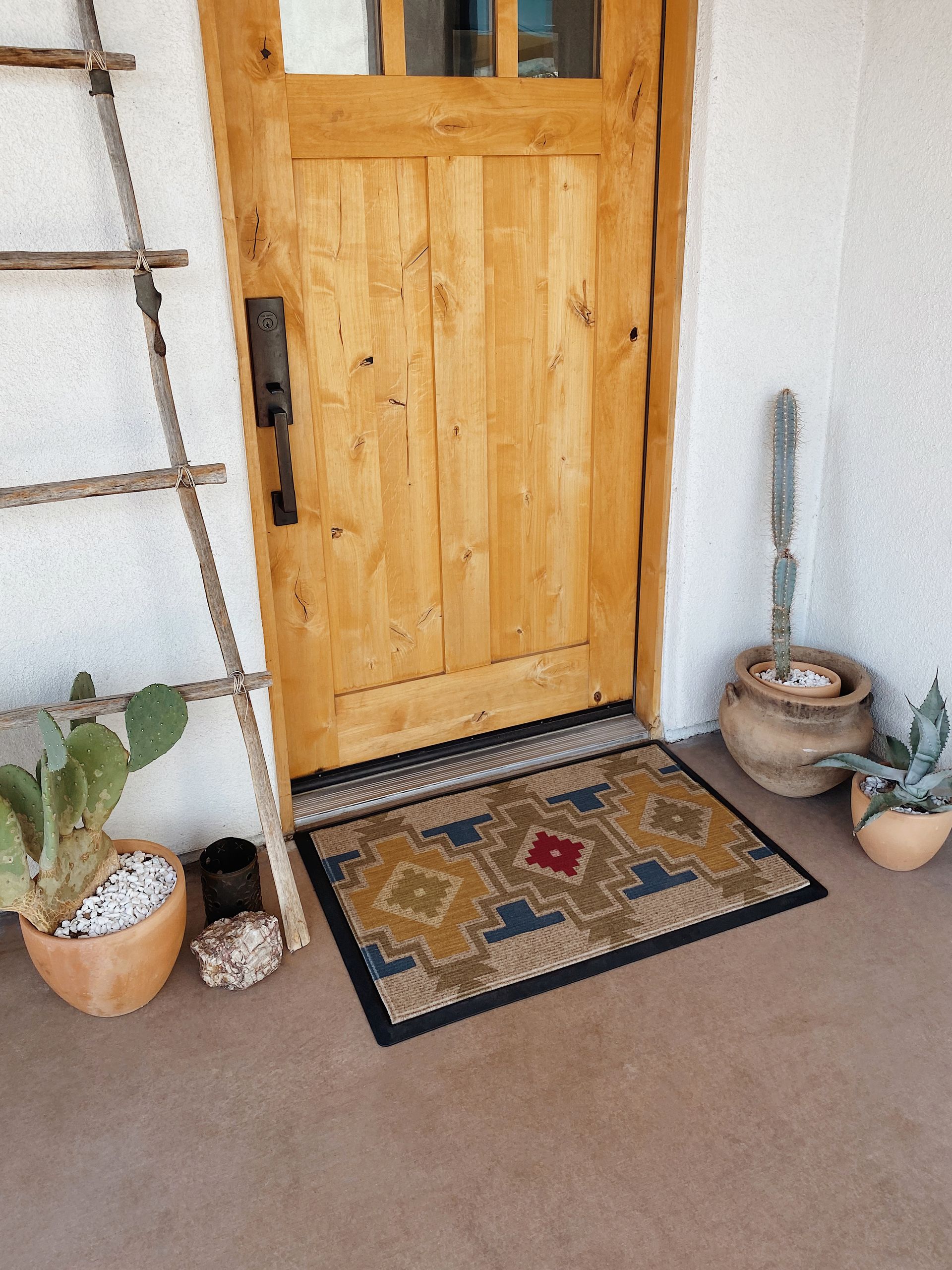
Without a doubt, doormat are one the few household items you shouldn't be hesitant to replace. To keep your home happy and healthy, you should be changing it regularly.
'The frequency with which you need to change your doormat depends on how much foot traffic it gets,' says Beatrice Flores, cleaning expert and head blogger at Living Pristine. 'If you have a lot of people coming in and out of your home, you'll need to change it more often than if there's only light foot traffic.'
There's also the question of your doormat's material. According to Beatrice, if it's made of absorbent material and natural fibers, like coir, it will need to be changed more often than non-absorbent materials. 'For optimum effectiveness, you should replace your doormat at least every two years, or more often if it gets a lot of heavy-duty use,' says Richard.
What type of doormat is most durable?

If you want a longer-lasting doormat, you'll want to choose an extra-durable material. The first thing you'll want to look out for is a doormat with non-slip backing. 'This is because regular doormats will wear out fast and can be easily torn,' says Hugo. 'Non-slip doormats are also good for homes with pets and children, as they allow you to easily wipe their feet on the mat before they enter your home.'
Beatrice suggests taking it one step further and choosing a completely rubber mat. 'In my experience, these are the most durable,' she says. 'Rubber is a tough material that can withstand a lot of wear and tear and it's also resistant to mold and mildew, which means it will last longer than other materials.' They're also the easiest to clean, and they now come in a range of more aesthetically pleasing patterns so you don't have to sacrifice style for function - a win-win!
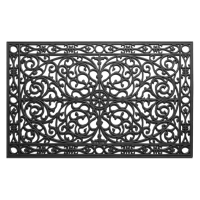
Rubber doormat, from Walmart
This rubber doormat pairs form and function. Made of 100% rubber and impervious to the elements of weather it's the most durable option for your porch design while the intricate design emulates wrought iron. It's also easy to clean, too!
Be The First To Know
The Livingetc newsletter is your shortcut to the now and the next in home design. Subscribe today to receive a stunning free 200-page book of the best homes from around the world.

Lilith Hudson is the News Editor at Livingetc, and an expert at decoding trends and reporting on them as they happen. Writing news, features, and explainers for our digital platform, she's the go-to person for all the latest micro-trends, interior hacks, and color inspiration you need in your home. Lilith discovered a love for lifestyle journalism during her BA in English and Philosophy at the University of Nottingham where she spent more time writing for her student magazine than she did studying. After graduating, she decided to take things a step further and now holds an MA in Magazine Journalism from City, University of London, with previous experience at the Saturday Times Magazine, Evening Standard, DJ Mag, and The Simple Things Magazine. At weekends you'll find her renovating a tiny one-up, one-down annex next to her Dad's holiday cottage in the Derbyshire dales where she applies all the latest design ideas she's picked up through the week.
-
 The 4 Things People With Really Organized Kitchen Drawers Always Have
The 4 Things People With Really Organized Kitchen Drawers Always HaveLevel up your ‘drawer decor’ and keep things tidy and organized with these 4 essential ideas for uncluttered storage
By Becca Cullum-Green Published
-
 Experts say These 6 Paint Ideas are Devaluing Your Home — 'Be Sure to Redecorate if you Plan to Sell!'
Experts say These 6 Paint Ideas are Devaluing Your Home — 'Be Sure to Redecorate if you Plan to Sell!'Thinking of selling up? Avoid these paint colors to maximize the potential of your space and appeal to prospective buyers
By Ottilie Blackhall Published

